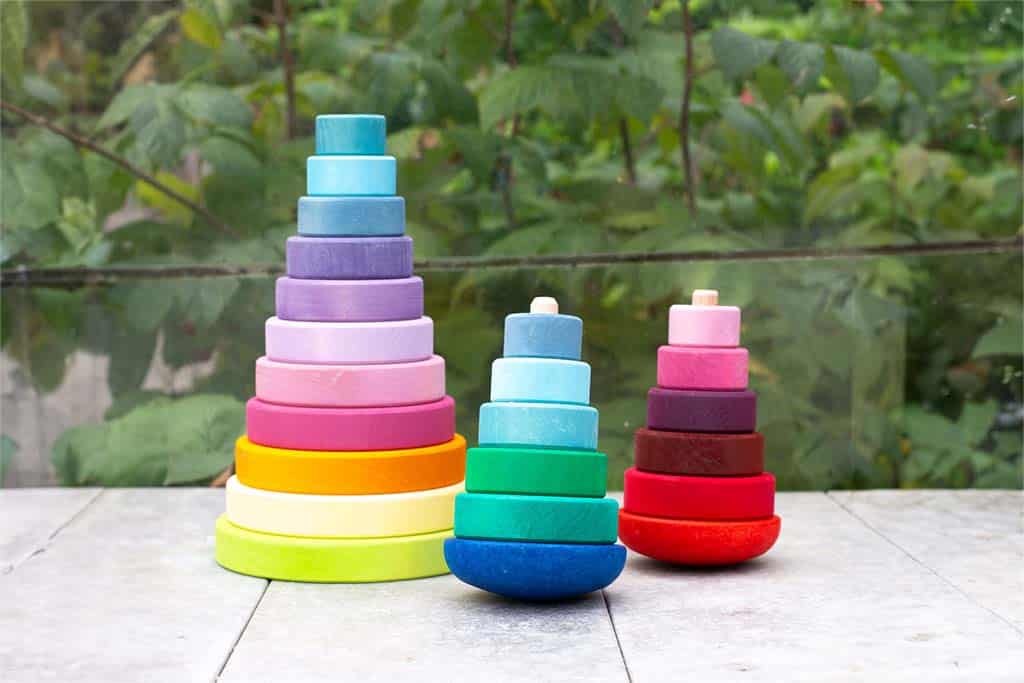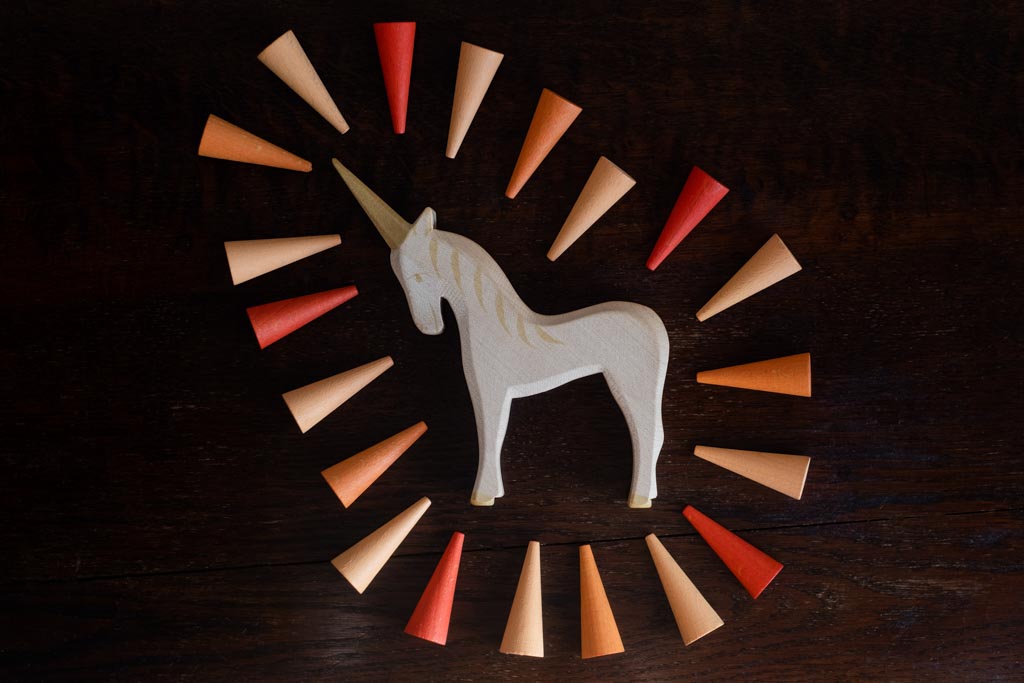Close your eyes.
Now imagine a ‘classic’ children’s toy, something educational, something iconic.
There’s a good chance the toy you imagined was a set of stacking rings.
These conical towers of concentric rings are perhaps the quintessential toy.
Stacking toys have been a cornerstone in children’s playrooms for generations, fascinating young minds with their simple yet intriguing structures. While at first glance, they might all appear alike, a closer inspection reveals a multitude of nuances and variations. But what exactly is a stacking toy, and why should it matter to you and your child? Let’s delve deeper into this world of colourful rings, nested bowls, and more.
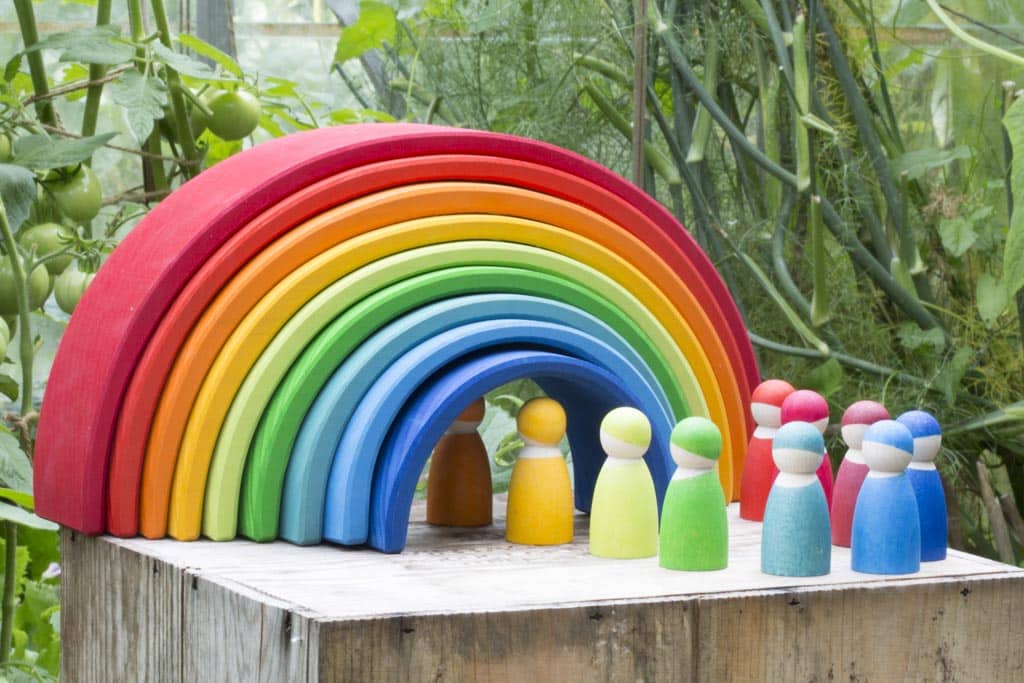
The evolution of stacking toys
Traditionally, the term ‘stacking toy’ was reserved for stacking rings. However, over time the category has broadened to encompass nested and balancing toys, a change which has only brought confusion. In what way can balancing toys (even though they technically ‘stack’) really be grouped with stacking rings, towers and nested rainbows and bowls?
The problem is that the most interesting thing about stacking rings is not that they can be stacked but rather that they show children how to do things in order, seriate.
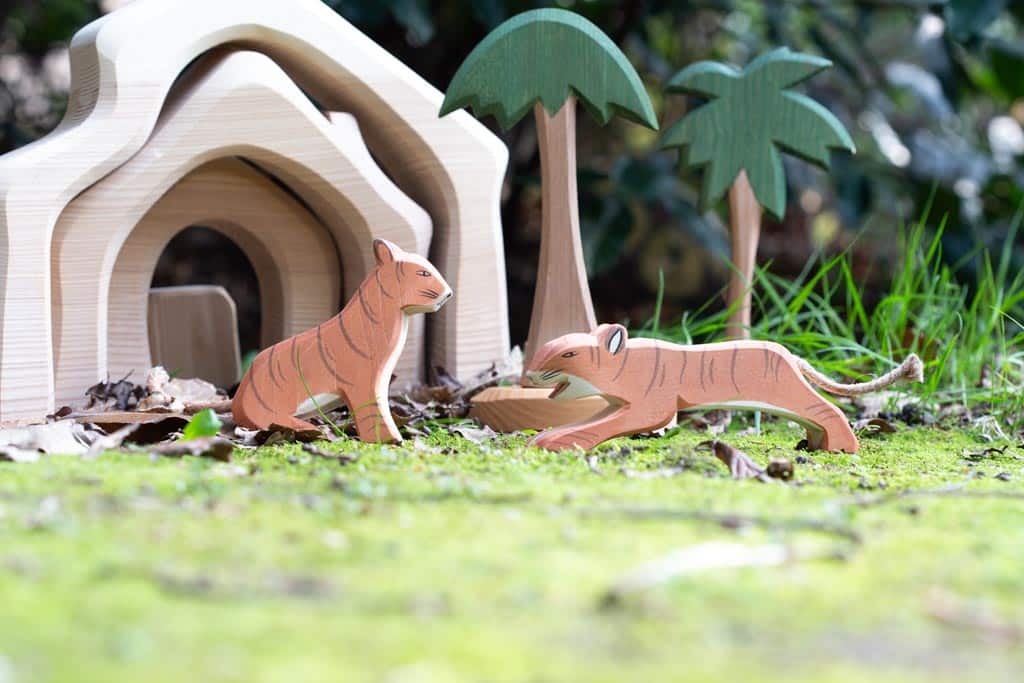
Different Types of stacking toys
- Stacking rings. The quintessential stacking toy, stacking rings help babies refine their gross and fine motor skills. While the task of moving the arm and releasing the ring may seem straightforward to us adults, it’s a rewarding challenge for the little ones.
- Nested bowls. Inspired by the concept of Russian dolls, nested bowls only have one correct way of assembly, thus encouraging the child’s reasoning skills.
- Stacking boxes. Similar to bowls, stacking boxes can be homemade with recycled materials, promoting creativity and environmental consciousness.
- Wooden rainbows. Perhaps the most versatile of all, wooden rainbows can be both nested and stacked, allowing children to push their creative boundaries and discover new ways of play. Read more about choosing the right rainbow.
The multifaceted benefits of stacking toys
Beyond the evident developmental advantages of fine motor control and spatial reasoning, stacking toys serve as invaluable tools for emotional and psychological growth. They teach patience, perseverance and the importance of completing tasks when used in a closed-ended way. But they are equally good for open-ended fun and problem-solving when played with more creatively.
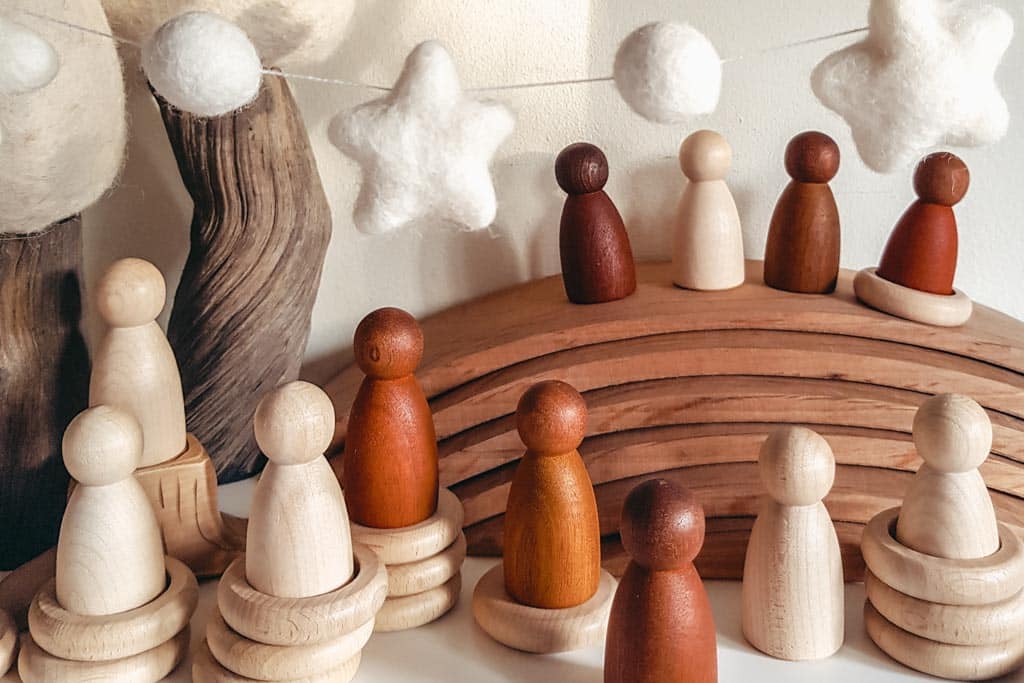
The link to seriation
Seriation, or the skill of arranging objects in an order or sequence, often finds its first practical application in stacking toys. The didactic nature of these toys makes any assembly error glaringly evident, thereby teaching children to recognize patterns, understand sequencing, and make comparisons. Such early experiences lay the foundation for future mathematical and logical thinking. And it’s not just in toy play that children use seriation. It’s also applied in everyday tasks such as sorting clothes by size or arranging books by height on a shelf.
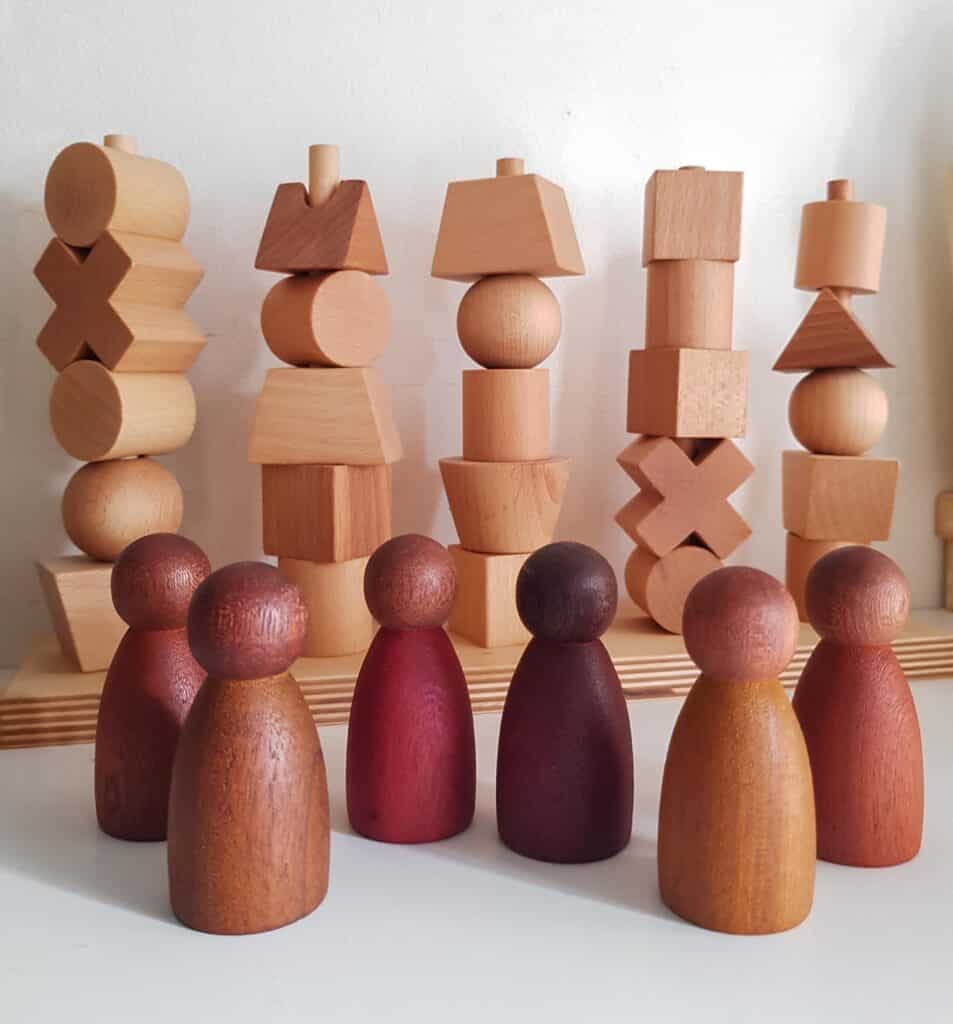
Final Word
So, what’s in a name? When it comes to stacking toys, quite a lot! These toys, in their varying forms, offer a rich spectrum of developmental, cognitive, and emotional benefits. So the next time you find yourself toy shopping for your young one, look beyond the bright colors and fun shapes. Consider the learning possibilities each toy can unlock, turning each playtime into an adventure of discovery and growth. After all, the true beauty of stacking toys lies not just in their stacked structures, but also in the stacks of skills they help build.

